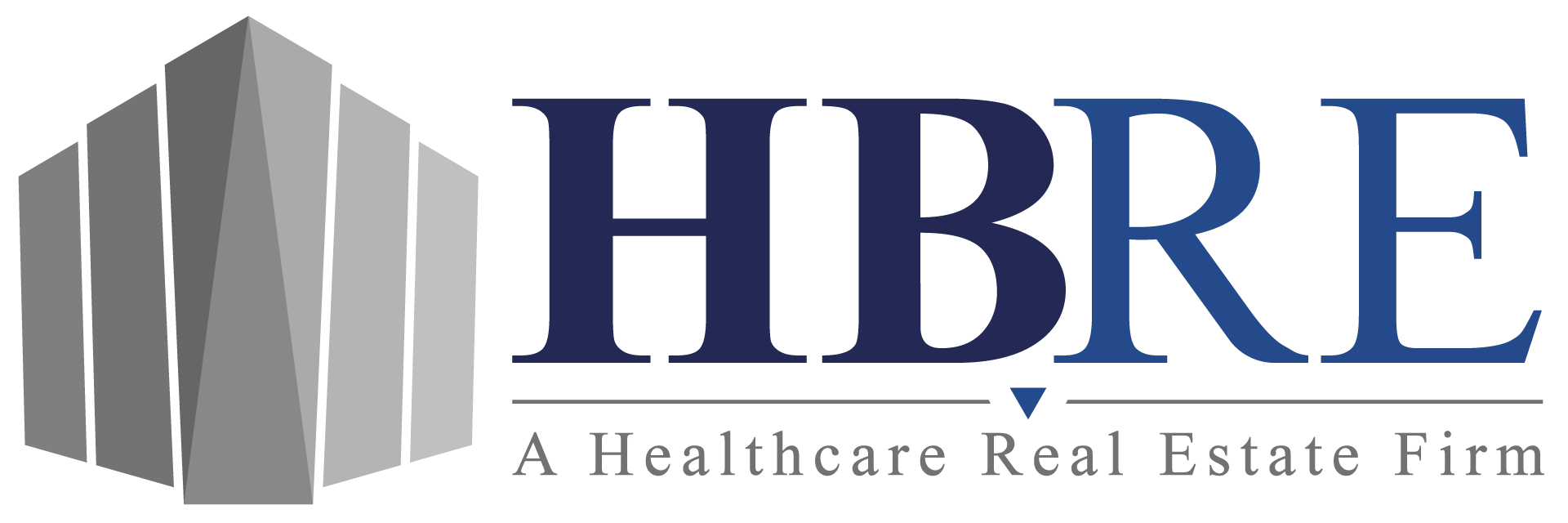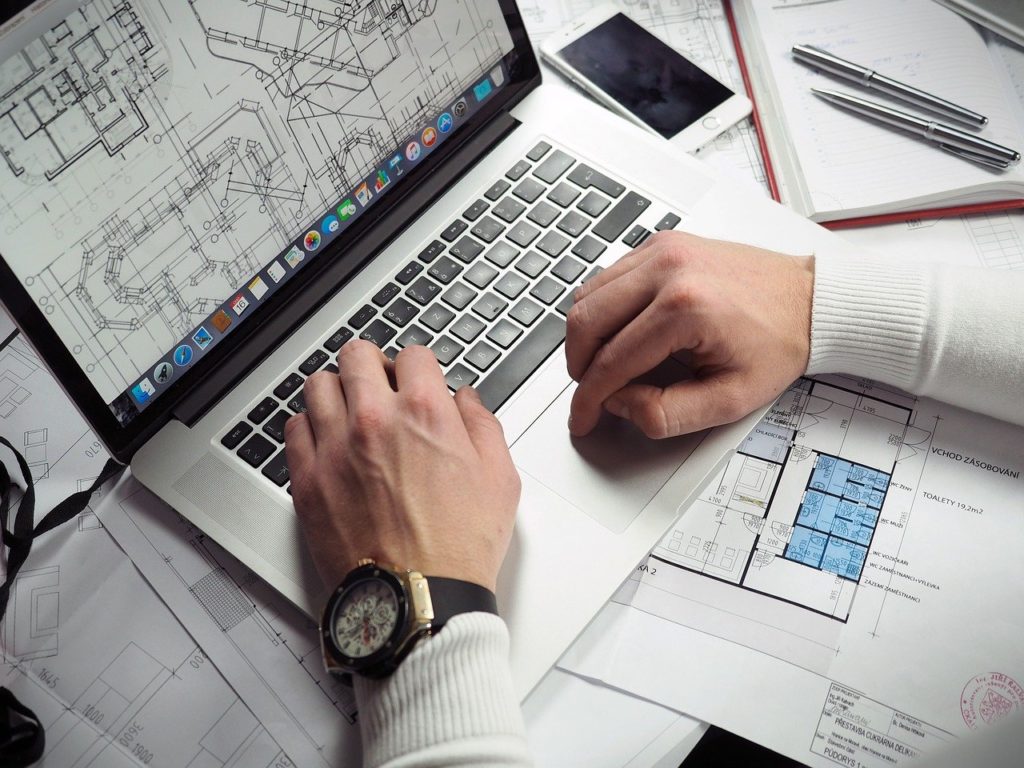Requirements Due to COVID-19
“Masks Required” signs are hanging on display windows. Some big-box chains have limited their occupancy to 50 people at a time. And many restaurants have blocked off every other table, seating their patrons six feet apart. A large number of businesses now require customers and employees to wear masks and gloves and even check their temperatures before they enter the building.
A general understanding of health and safety has increased due to the pandemic. Many people are expecting their workplaces, hospitals, and other venues to improve their safety and cleanliness standards. And in order to do that, many companies are making adjustments that go beyond sanitizing stations and PPE. Methods of physical building design may be changing.
Building Ventilation Systems
HVAC units are a costly expense, but they could impact the health of the building occupants. The CDC specifically highlights the importance of inspecting HVAC units and checking for mold, stagnant water, or any other potential HVAC issues. But providing maintenance for the HVAC system is just the beginning.
Building owners may need to look into improving their HVAC system altogether before their employees and customers return. For example, they may need to change their air filtration to the highest level possible or even add high-efficiency portable air filtration systems. In the case of hospitals, the health system may need to consider converting more units to negative pressure areas, which may be a helpful preventative pressure to reduce the spread of airborne illness. Building owners around the country are making these decisions for the overall improvement of their facilities. The health and safety of personnel are worth the expense of HVAC upgrades.
The Healthy Building Movement
The Healthy Building Movement is a strategy that promotes a general awareness of health inside a facility. More natural light, cleaner water, and HVAC improvements are all points of interest in this movement. Other notable factors include offering fitness centers, providing walking trails, or creating inviting stairways to promote taking more steps. These amenities were already factors in employee retention, but as the world is focusing its attention on health, they may become necessary in the eyes of future employees.
The Use of Modular Construction
We saw how quickly many temporary hospitals took shape during the height of the COVID-19 pandemic. In a matter of days, current facilities transformed into treatment centers, and tent-like structures filled parking lots and soccer fields. Construction often takes time, but as the pandemic highlighted, there are ways to speed up the building process.
The Los Angeles Times explains how modular construction could be a solution to the standard two-year timeframe it takes to build a hospital. The process includes using prefabricated pieces that are created in a factory and assembled on the construction site. Builders recently used this method to complete two hospitals in China. Each has a minimum of 1,000 beds, but they were both fully constructed in just two weeks. And a U.S. company, Jupe, is also using the modular construction method to design standalone intensive care units. They can ship their modular elements to the site, and they say their product costs 1/30th of a hospital room. Both speed and lower costs could make modular construction more popular in the future.
The world is learning from COVID-19. Practically every industry has felt the impact, and many employers are searching for the right way to handle future business practices. And while the future is still unclear about which adjustments will take place as a result of the pandemic, changes in building design could help create a healthier future.
If you are interested in learning more about investing in commercial real estate, or if you have questions about buying, selling, or leasing a commercial property, please contact an HBRE advisor. Our team of experienced CRE professionals have the skills and insight to assist with all property transactions. To reach out to us directly, email [email protected] or call 615-564-4133.




